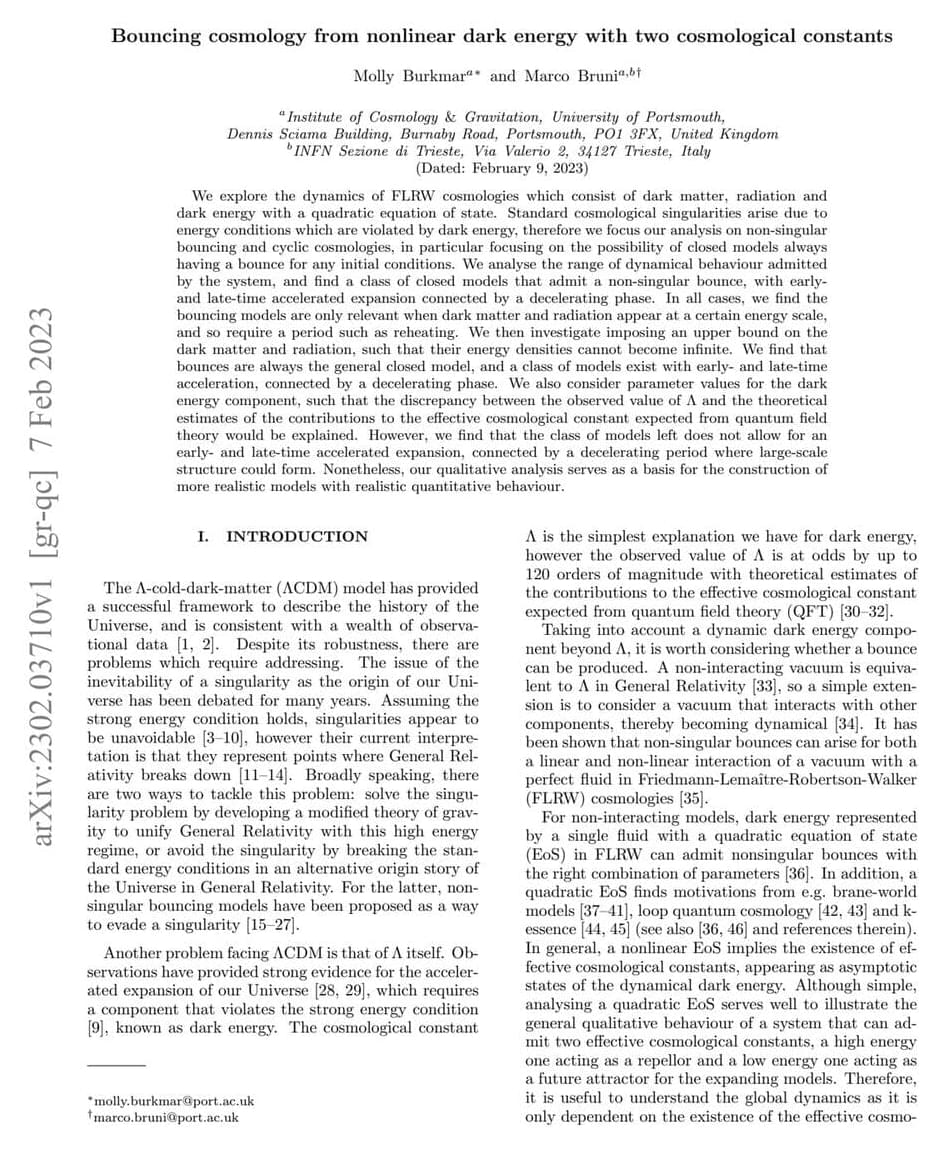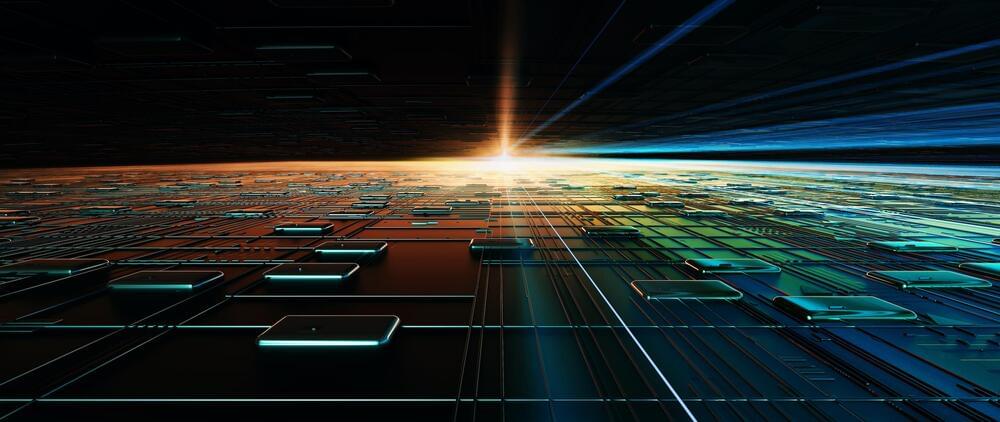Bouncing cosmology from nonlinear dark energy with two cosmological constants.
Dropbox is a free service that lets you bring your photos, docs, and videos anywhere and share them easily. Never email yourself a file again!

Reliable carbon-free power for the world — michelle catts, senior vice president, nuclear programs, ge-hitachi nuclear energy.
Michelle Catts is the Senior Vice President of Nuclear Programs at GE-Hitachi (GEH — https://nuclear.gepower.com/) located in Wilmington, NC.
Ms. Catts has over 18 years of demonstrated managerial and technical expertise in nuclear Regulatory Affairs and currently is responsible for ensuring world-class Quality, Continuous Improvement, Regulatory Affairs, and oversight of Environment, Health & Safety programs. She manages a multimillion-dollar budget and over a 30-member organization. She provides licensing and quality leadership and guidance to support nuclear fuel facility licensing, current nuclear fleet fuel reload/outage licensing activities, new reactor and new fuel opportunities, Technical Regulations and Standards, and GE-Hitachis’s Vallecitos and Morris sites.
Prior to joining GE-Hitachi, Ms. Catts worked for the U.S. Nuclear Regulatory Commission (NRC) where she held positions of increasing responsibility including as a nuclear reactor inspector stationed onsite at nuclear power plants up to the Policy Advisor to the Presidential Appointed NRC Chairman.
Ms. Catts holds a B.S. in Nuclear Engineering from North Carolina State University and is currently working on her MBA at UNCW.
Details
The goal of brain imaging is to provide in-vivo measures of the human brain to better understand how the brain is structured, connected and functions.
In this talk, we will discuss how to analyze brain imaging data in order to make sense of the large amount of data that comes out of the scanner.
👤 **About the speaker**
[Dr. Camille Maumet](https://twitter.com/cmaumet) is a research scientist in neuroinformatics at Inria, Univ Rennes, CNRS, Inserm in Rennes, France.
Her research focuses on the variability of analytical pipelines and its impact on our ability to reuse brain imaging datasets.
She obtained her PhD in computer science at the University of Rennes on the analyses of clinical neuroimaging datasets in functional magnetic resonance imaging and.
arterial spin labelling. She was then a postdoctoral research fellow in the Institute of Digital Healthcare at the University of Warwick and the University of Oxford.
where she focused on meta-analyses and standards for neuroimaging data sharing. She is also an open science advocate.
involved in the development of more inclusive research practices and community-led research and participates in many collaborative efforts including Brainhack.
the INCF, and the Open Science Special Interest Group of the Organization for Human Brain Mapping that she chaired in 2020.
–
[Nipype Tutorial](https://miykael.github.io/nipype_tutorial/)
–
Annual Brain Imaging Events:
[OHBM Brainhack (Brain Hackathon) June 16–18](https://ohbm.github.io/hackathon2022/)[registration via](https://www.humanbrainmapping.org/i4a/ams/meetings/index.cfm…ageID=4073)
- [OHBM Open Science Room (Discussions around open science practices & brain imaging)](https://ohbm.github.io/osr2022/)
Reports say that the Nokia Magic Max will come in three different memory configurations. We will have 8GB, 12GB and 16GB of RAM with 256GB and 512GB storage options. It will launch with Android 13 out of the box with Snapdragon 8 Gen 2 SoC under the hood. We may also see a 6.7-inch AMOLED display with 120Hz refresh rate on the device. Corning Gorilla Glass 7 protection could be on the display of the upcoming flagship device from Nokia.
The device will feature a triple camera setup on the back with 144MP main sensor, 64MP ultrawide and 48MP Telephoto lens. Rumors have suggested a massive 7950mAh battery which can also charge from 0 to 100 within a few minutes, thanks to the 180W fast charger.
The memory configurations will determine the price of each variant. Nevertheless, sources have suggested the starting price to be around $550 (INR44,900). There is no firm rumor with respect to the launch date, but we expect to see the launch of the Nokia Magic Max in a matter of few weeks.

The industry is gaining ground in understanding how aging affects reliability, but more variables make it harder to fix.
Circuit aging is emerging as a first-order design challenge as engineering teams look for new ways to improve reliability and ensure the functionality of chips throughout their expected lifetimes.
The need for reliability is obvious in data centers and automobiles, where a chip failure could result in downtime or injury. It also is increasingly important in mobile and consumer electronics, which are being used for applications such as in-home health monitoring or for navigation, and where the cost of the devices has been steadily rising. But aging also needs to be assessed in the context of variation models from the foundries, different use cases that may stress various components in different ways, and different power and thermal profiles, all of which makes it harder to accurately predict how a chip will behave over time.

Processing more data in more places while minimizing its movement becomes a requirement and a challenge.
Movement and management of data inside and outside of chips is becoming a central theme for a growing number of electronic systems, and a huge challenge for all of them.
Entirely new architectures and techniques are being developed to reduce the movement of data and to accomplish more per compute cycle, and to speed the transfer of data between various components on a chip and between chips in a package. Alongside of that, new materials are being developed to increase electron mobility and to reduce resistance and capacitance.

Sand dunes of many shapes and sizes are common on Mars. In this example, the dunes are almost perfectly circular, which is unusual. Credit: NASA/JPL-Caltech/University of Arizona.
Sand dunes of many shapes and sizes are common on Mars.
Mars is the second smallest planet in our solar system and the fourth planet from the sun. It is a dusty, cold, desert world with a very thin atmosphere. Iron oxide is prevalent in Mars’ surface resulting in its reddish color and its nickname “The Red Planet.” Mars’ name comes from the Roman god of war.

The sensor sends out its location as it moves through the GI tract, revealing where slowdowns in digestion may occur.
Engineers at MIT
MIT is an acronym for the Massachusetts Institute of Technology. It is a prestigious private research university in Cambridge, Massachusetts that was founded in 1861. It is organized into five Schools: architecture and planning; engineering; humanities, arts, and social sciences; management; and science. MIT’s impact includes many scientific breakthroughs and technological advances. Their stated goal is to make a better world through education, research, and innovation.
